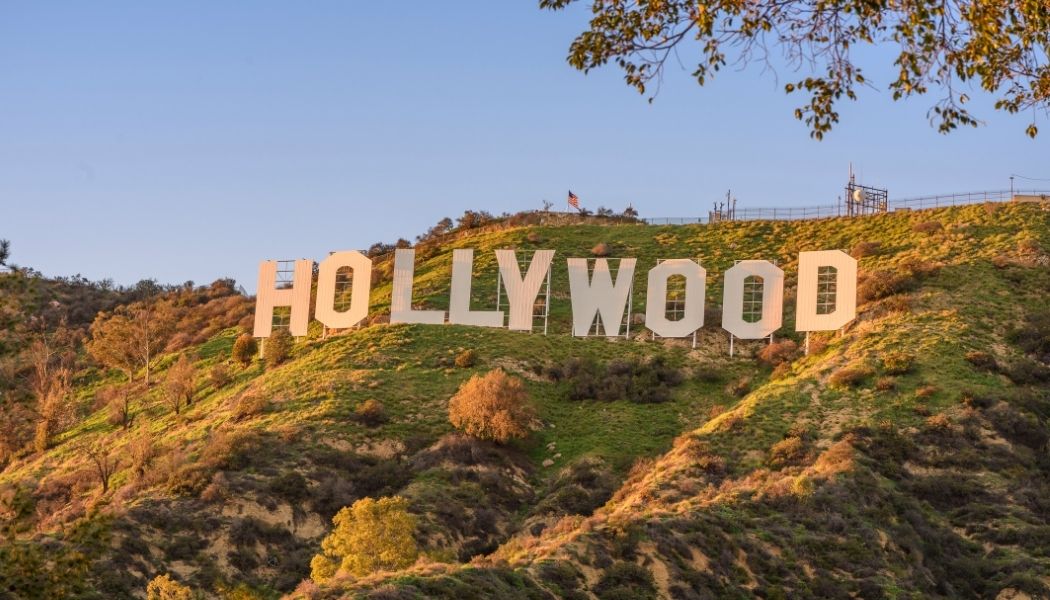Changes to SPCs and Marketing Authorisations in the UK implemented on 1 January 2025
13th January 2025

When people hear the name ‘Thomas Edison’, the glitz and glamour of la-la land probably don’t come to mind. For the majority, the prolific inventor is most strongly associated with the invention of the light bulb. But Thomas Edison was, in many ways unintentionally, a key figure in Hollywood becoming the mecca of cinema at the turn of the 20th century. The keystone in this story is patents.
In 1893 Thomas Edison built America’s first movie studio, ‘Black Maria’. Big screen projectors not yet existing, the studio produced movies for viewing through a kinetoscope. Spectators were treated to movie shorts including “Professor Welton’s Boxing Cats” (that does exactly what it says on the tin) and the first cinema footage of Native Americans.
Around this time Edison filed and acquired a large number of US patents for motion picture technology, becoming the owner of most of the existing US patents in the field. The Edison Manufacturing Company flexed their patent muscles and effectively eliminated all of their competition on the east coast by filing patent infringement lawsuits against them. However, their main competitor Biograph used a different camera not covered by Edison’s patents.
As studios and cinemas began to open across the US at an increasing rate, the number of lawsuits Edison filed increased in spades. Edison, Biograph, and their other remaining competitors decided to join forces to form a patent licensing company to control the market: The Motion Picture Patents Company (MPPC). To avoid the newfound control the MPPC was exercising over the movie industry, many film makers began “heading west” – in other words, as far away as possible from the long arms of the Motion Picture Patent Company and the spectre of patent lawsuits. (It is worth noting that in the connected modern world we live in today, heading west would not evade patent protection). Los Angeles became the home to these flighting movie makers, connected by railway but also close enough to Mexico to hide infringing motion picture equipment over the border if the threat of an MPPC patent lawsuit presented itself.

Enter Hollywood, at that time sitting on the outskirts of Los Angeles and affordable enough for studios to set up shop. It was in this fledgling town that the household names of cinema would be established in quick succession: Paramount Studios, Universal Studios, 20th Century Fox, and Warner Brothers.
The tables were finally turned in 1915, when the District Court ruled in the case of United States v. Motion Picture Patents Co. that the MPPC had exceeded their patent rights and ordered that the MPPC be dissolved. In their decision, the District Court stated:
While the patent and antitrust laws must be accommodated to one another, “it cannot be that the grant of a patent right confers a license to do that which the law condemns.” A patentee may simply enforce his right to exclude infringement, but he must not use his patent “as a weapon to disable a rival contestant, or to drive him from the field,” for “he cannot justify such use.”
The District Court was against the use of patents to outright prevent competitors from operating in their field, but maintained their importance in preventing competitors infringing what is lawfully protected by the patent itself. This precedent of “patent misuse” is found in a number of jurisdictions worldwide and is important for businesses and inventors to consider when seeking to lawfully license and/or enforce their patent rights.
To this day patents play a significant role in the movie industry. The SteadiCam® (US Patent No. 4,017,168), used in the likes of Rocky, The Shining and Star Wars: Return of the Jedi, to provide a smooth action shot unperturbed by a cameraman’s movement, was patented in 1977 by cinematographer and inventor Garrett Brown. This gave Mr Brown the exclusive right to license his invention to film studios, ensuring he reaped the rewards of his innovation. He’s not on his own – Steven Spielberg would later patent a method and apparatus for producing a screenplay (U.S. Patent No. 8,091,028).
History shows that patents, when used correctly and lawfully, can give inventors a strong and protected footing in their industry. If you would like to learn more about patents and how they can protect your story, don’t hesitate to contact one of our patent attorneys for a free initial consultation.